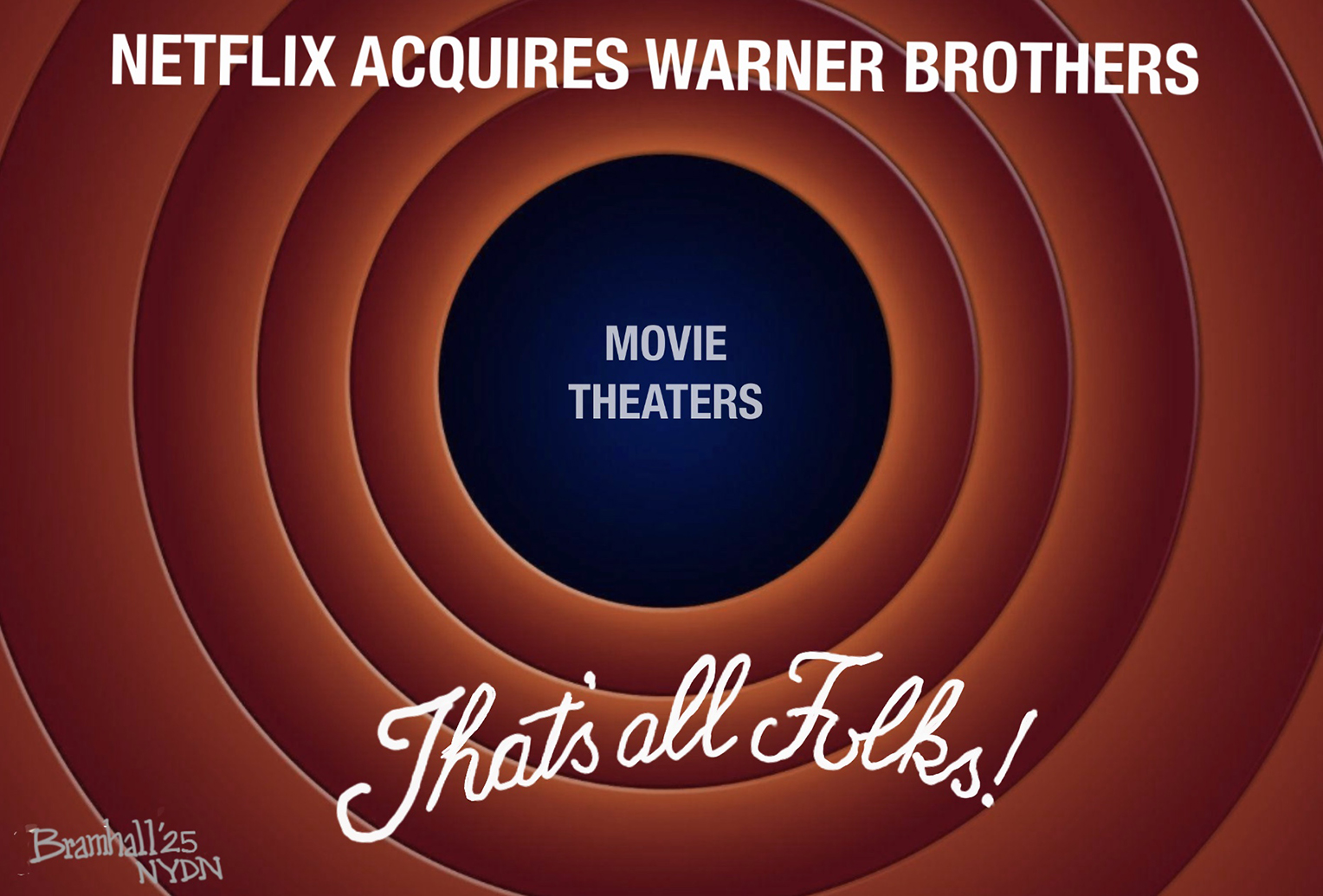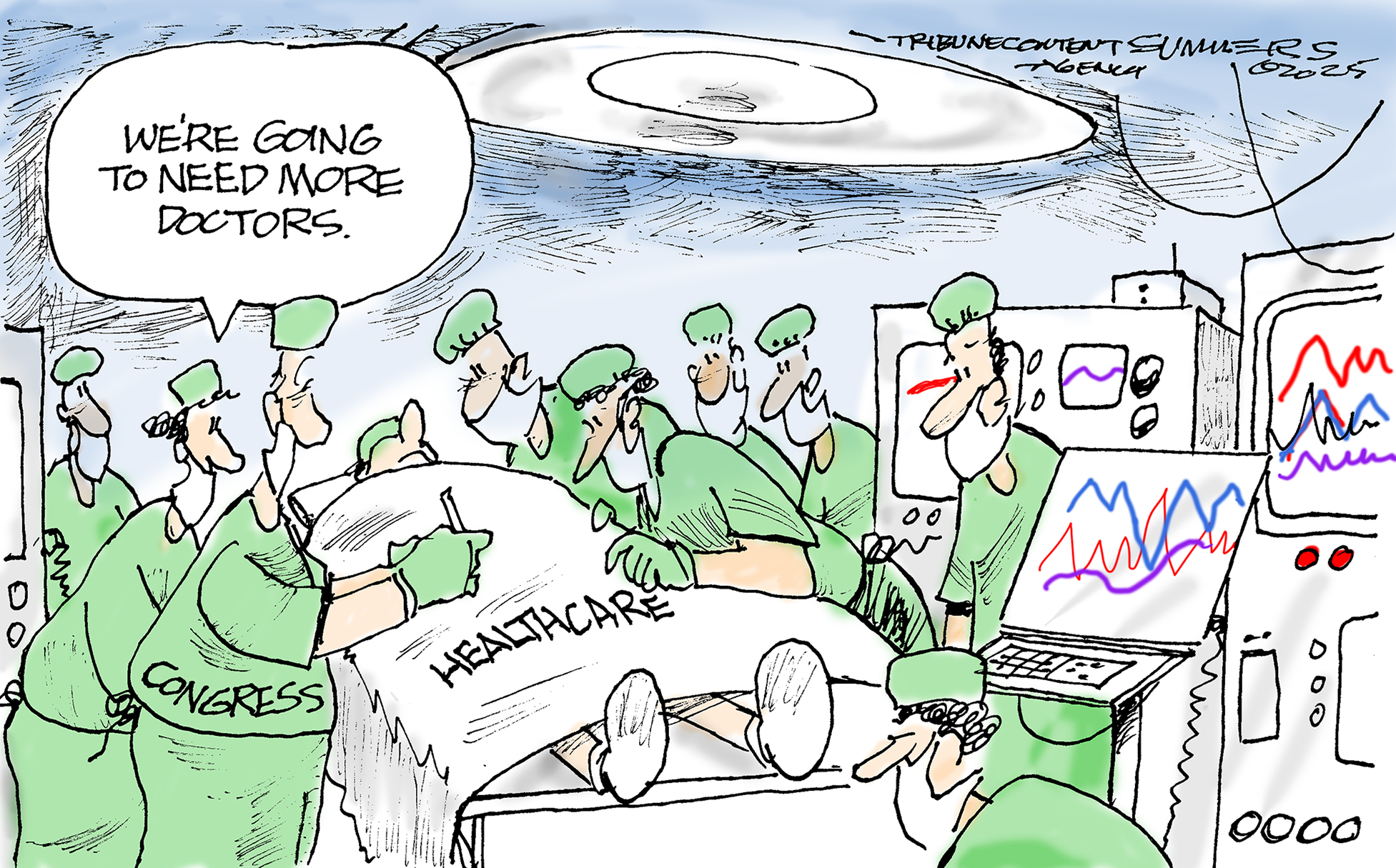Picturing Mexico: Alfredo Ramos Martínez in California
Alfredo Ramos Martínez “deserves more recognition than he currently receives.”
Pasadena Museum of California Art
Through April 20
Alfredo Ramos Martínez “deserves more recognition than he currently receives,” said John Dorfman in Art & Antiques. Three dominant figures, often called los tres grandes, loom over the history of Mexican modernism: Diego Rivera, José Clemente Orozco, and David Alfaro Siqueiros. But visiting this exhibition is like excavating an ancient temple and “uncovering the serene mask of another god-hero.” Late in life, the Paris-trained Ramos (1871–1946) spent about 15 productive years in Los Angeles, frequently creating work that referenced his homeland. In part, this was smart marketing: Hollywood had fallen in love with a romanticized Mexican aesthetic, and Ramos gave California collectors what they wanted by creating bold, art deco–style images of rural laborers, flower peddlers, and various religious figures.
The Week
Escape your echo chamber. Get the facts behind the news, plus analysis from multiple perspectives.

Sign up for The Week's Free Newsletters
From our morning news briefing to a weekly Good News Newsletter, get the best of The Week delivered directly to your inbox.
From our morning news briefing to a weekly Good News Newsletter, get the best of The Week delivered directly to your inbox.
The show casts him as a subtle subversive, but his work doesn’t sustain such a reading, said Christopher Knight in the Los Angeles Times. Ramos’s major paintings and murals honor fieldworkers but never challenge the industrial era’s economic order the way Rivera’s and Siqueiros’s did. To find this artist’s rebellious streak, you have to look at his drawings on newsprint. “Perhaps taking a cue from the cubist collages of Picasso,” Ramos played off the text of the newspapers he drew or painted on. His “handsome” Head of a Nun, for instance, sets the image of a woman who committed herself to a life of poverty against desperate news from a post-crash 1930s Wall Street. In Man in Bondage, from 1940, most of the frame is filled by the back of a figure who has his head on the ground and has been tied with rope. From the side, a woman reaches in, her hand directing our eye to a classified ad seeking nurses.
A free daily email with the biggest news stories of the day – and the best features from TheWeek.com
-
 5 loony toons about the Warner Bros. buyout
5 loony toons about the Warner Bros. buyoutCartoons Artists take on movie theaters, high quality cinema, and more
-
 Political cartoons for December 13
Political cartoons for December 13Cartoons Saturday's political cartoons include saving healthcare, the affordability crisis, and more
-
 Farage’s £9m windfall: will it smooth his path to power?
Farage’s £9m windfall: will it smooth his path to power?In Depth The record donation has come amidst rumours of collaboration with the Conservatives and allegations of racism in Farage's school days